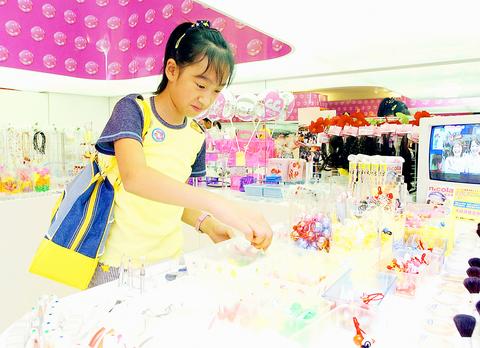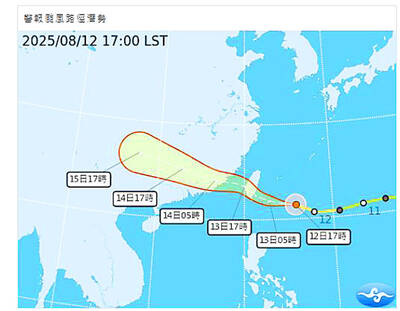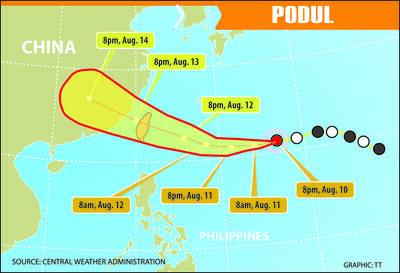The color of choice is definitely hot pink at Nicola, a Tokyo clothing store filled with glittery hearts and cartoonish prints, where teenage girls are dead serious about shopping and the fashion taste is precariously neither grown-up nor childish.
The clothing market for girls from 9 to 14 years old is growing so rapidly here the Japanese have even invented a term for the phenomenon -- "bubble juniors."

PHOTO: AP
It's a reference to the daughters of women in their 30s and early 40s who lived through the heyday "bubble" days of the late 1980s, when speculative lending and soaring land and stock prices drove up individual spending in Japan.
Twenty years later, this nation is mired in an economic downturn. Consumer spending is flat -- except for the bubble junior crowd.
Women who used to spend big bucks on designer wear back in the bubble days are now mothers eager to pass on the same passion for shopping and clothes to their teenage daughters.
"Sometimes we can wear the same outfits," said 35-year-old Ayako Sato, who said she spends as much as ?400,000 (US$3,000) on a wardrobe for her 12-year-old daughter, Erika. "I want her to develop taste in clothes."
In department stores and on bustling streets, brands like Angel Blue, Daisy Lovers and Chubby Gang are popping up, catering to young customers craving fashions bearing smiley faces, twinkling stars and strawberry designs.
Nicola sells lingerie in polka-dot fabric, designer cosmetics targeting children, apple-shaped plastic handbags and candy in pop-art-like packaging. The prices can be high -- such as ?8,800 (US$75) for a pair of lime green jeans -- but that doesn't matter to young consumers.
"It's so cute," said Natsumi Mase, a sixth grader who was trying on a denim miniskirt. "I want to become a star in musicals."
While the blossoming fashion craze offers some hope for the sagging economy, some observers worry that it doesn't portend progress for women in this long male-dominated society.
Although some of the more rigid traditions have faded, pressures are still high on women in Japan to be docile fashion plates. Serious careers are relatively rare for women, and nearly half of this nation's working women hold only part-time jobs.
Kazuhide Miyamoto, editor in chief of Nicola magazine -- which boasts a circulation of 220,000 and is credited with nurturing the teen fashion market, in part, through its Nicola fashion store -- insists the girls aren't victims of a manipulative fad. "Up to now, Japanese women were like sad sheep who could only consume. Japanese women of the future are going to be trend setters," he said.
But marketers pursue boys in a very different way.
"Video games, personal computers, sports -- boys develop their own individual interests," Miyamoto said.
Young Japanese girls can spend freely on fashion because they have access not only to their parents' purses but also to those of their doting grandparents.
Japan has one of the lowest birth rates in the world, giving girls a larger share of their grandparents' money.
The Nicola store has averaged about ?7 million (US$60,000) in monthly sales since it opened in April, but raked in 12 million (US$102,000) in May, a month heavy on holidays in Japan when even dads get into the shopping act. Other companies are also beneficiaries of the growth in bubble junior spending.
Narumiya International, a Tokyo clothing maker behind several teenage brands, has more than ?22 billion (US$187 million) in annual sales.
"The clothes aren't in the best of taste, but I can understand why kids would want it," said 43-year-old Kyoko Okumura while examining a rack lined with fluorescent colored tank tops with her 13-year-old daughter.
Yuji Watanabe, an analyst at Okasan Securities in Tokyo, believes the juvenile vogue trend is likely to continue for some time.
"The fashion business that appeals to diverse tastes has been growing in Japan since the 1990s," he said.
"It's natural the trend had to eventually spread to children."

GET TO SAFETY: Authorities were scrambling to evacuate nearly 700 people in Hualien County to prepare for overflow from a natural dam formed by a previous typhoon Typhoon Podul yesterday intensified and accelerated as it neared Taiwan, with the impact expected to be felt overnight, the Central Weather Administration (CWA) said, while the Directorate-General of Personnel Administration announced that schools and government offices in most areas of southern and eastern Taiwan would be closed today. The affected regions are Tainan, Kaohsiung and Chiayi City, and Yunlin, Chiayi, Pingtung, Hualien and Taitung counties, as well as the outlying Penghu County. As of 10pm last night, the storm was about 370km east-southeast of Taitung County, moving west-northwest at 27kph, CWA data showed. With a radius of 120km, Podul is carrying maximum sustained

Tropical Storm Podul strengthened into a typhoon at 8pm yesterday, the Central Weather Administration (CWA) said, with a sea warning to be issued late last night or early this morning. As of 8pm, the typhoon was 1,020km east of Oluanpi (鵝鑾鼻), Taiwan’s southernmost tip, moving west at 23kph. The storm carried maximum sustained winds of 119kph and gusts reaching 155kph, the CWA said. Based on the tropical storm’s trajectory, a land warning could be issued any time from midday today, it added. CWA forecaster Chang Chun-yao (張竣堯) said Podul is a fast-moving storm that is forecast to bring its heaviest rainfall and strongest

TRAJECTORY: The severe tropical storm is predicted to be closest to Taiwan on Wednesday and Thursday, and would influence the nation to varying degrees, a forecaster said The Central Weather Administration (CWA) yesterday said it would likely issue a sea warning for Tropical Storm Podul tomorrow morning and a land warning that evening at the earliest. CWA forecaster Lin Ting-yi (林定宜) said the severe tropical storm is predicted to be closest to Taiwan on Wednesday and Thursday. As of 2pm yesterday, the storm was moving west at 21kph and packing sustained winds of 108kph and gusts of up to 136.8kph, the CWA said. Lin said that the tropical storm was about 1,710km east of Oluanpi (鵝鑾鼻), Taiwan’s southernmost tip, with two possible trajectories over the next one

TALKS CONTINUE: Although an agreement has not been reached with Washington, lowering the tariff from 32 percent to 20 percent is still progress, the vice premier said Taiwan would strive for a better US tariff rate in negotiations, with the goal being not just lowering the current 20-percent tariff rate, but also securing an exemption from tariff stacking, Vice Premier Cheng Li-chiun (鄭麗君) said yesterday. Cheng made the remarks at a news conference at the Executive Yuan explaining the new US tariffs and the government’s plans for supporting affected industries. US President Donald Trump on July 31 announced a new tariff rate of 20 percent on Taiwan’s exports to the US starting on Thursday last week, and the Office of Trade Negotiations on Friday confirmed that it